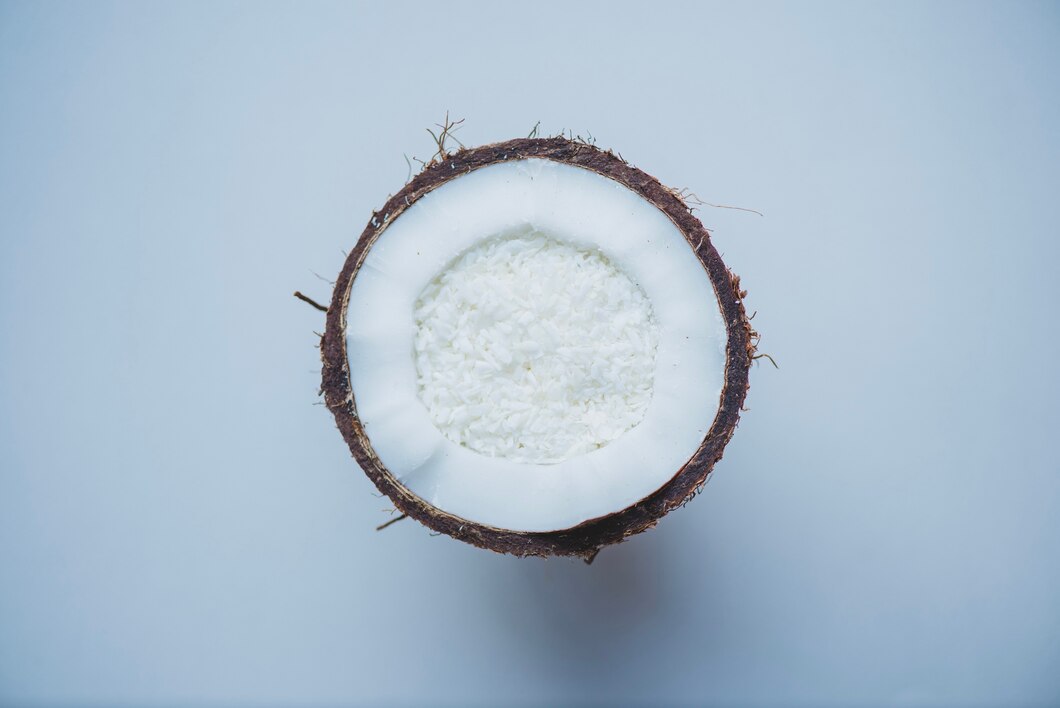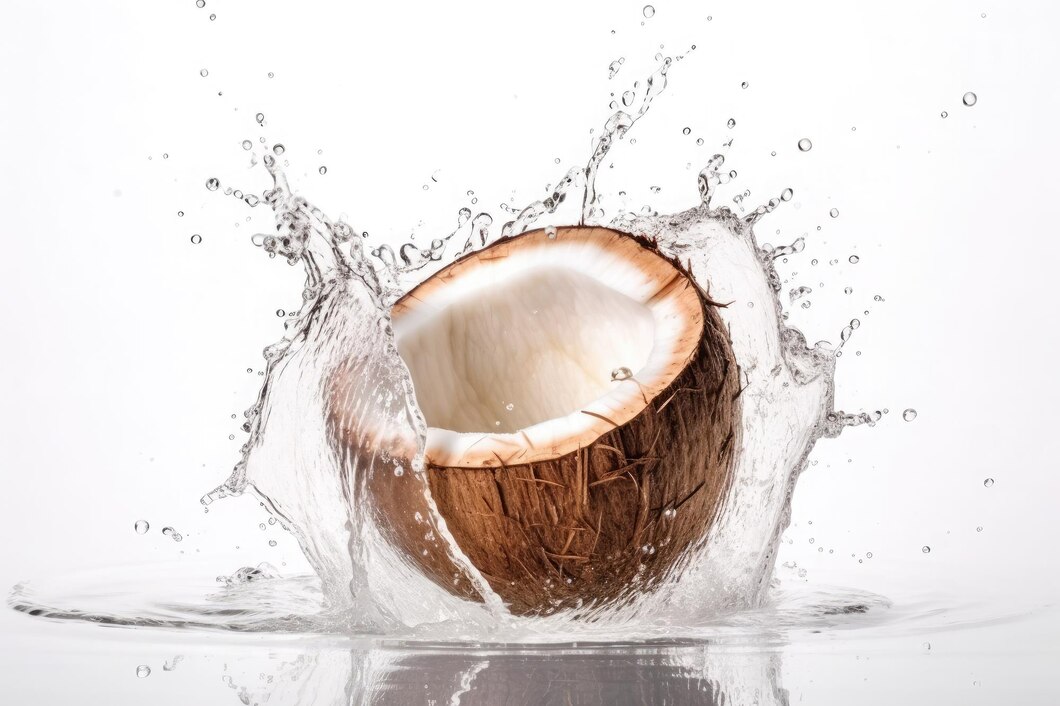This coconut-based condiment lends a rich, savory flavor to various dishes and is popular among gluten-free and paleo dieters. (Even if they do include carbs.)
Coconut aminos, made from a combination of aged coconut sap and sea salt, are among the niche health food products that are gaining traction. The brown liquid has a savory, deep flavor similar to soy sauce but with a hint of sweetness and less salt. (A teaspoon of coconut aminos has 90mg of sodium, while a teaspoon of soy sauce has 307 mg of sodium.)
It’s inherently gluten-free and vegan, and the paleo movement has adopted it as a soy sauce substitute (among whom soy products are verboten).
Read on to know more about cooking coconut aminos and where to find the best coconut products.
Coconut Aminos: How To Use Them
Coconut Aminos has a flavor comparable to tamari or soy sauce. However, it is less salty and sweeter. Coconut Aminos can be used to produce dressings, marinades, and dips and improve the flavor of sautéed vegetables, rice, stir-fries, and soups. They can also be used as a 1:1 substitute for soy-based sauces.
Coconut Aminos make a delicious and healthy dipping sauce for sushi and dumplings.
This salty condiment has no apparent coconut flavor and enhances and deepens the flavors of the other ingredients in a dish.
Coconut aminos may be used in almost any recipe that calls for soy sauce, and a few drops can lend a depth of complexity to a variety of other foods.
Before you contact coconut manufacturers in Sri Lanka, here are a few suggestions to get you started with your coconut amino research:
What Do You Think It Tastes Like?
Soy sauce and teriyaki sauce are often used to compare coconut aminos. It has a somewhat sweet, savory, umami flavor that is sweeter than soy sauce but not as salty as soy sauce.
And, although it’s made from coconuts, it doesn’t taste anything like them!
What Is The Purpose of It?
Coconut aminos can be used in various recipes to substitute soy sauce or tamari. You can try it out in a variety of ways:
Soy sauce can be substituted. When a recipe needs soy sauce, use coconut aminos instead. The meal’s salt content will be reduced as a result of this. If you’re vegan or paleo and your recipe calls for soy sauce, coconut aminos are a perfect substitute.
- Instead of soy sauce, try dipping sushi in coconut aminos.
- Add it to a stir-fry.
Moreover, it can be used in place of salt. Coconut aminos can be used in recipes instead of salt because of their high salt concentration (90mg per teaspoon). This will improve the flavor while also providing the desired saltiness.
It can be used to enhance the flavor of foods. To improve the flavor of any dish, add a few dashes of coconut aminos. Although the product is manufactured from coconut palm, it does not taste like coconut and is made from a separate portion of the plant. It has a small sweetness, but it’s largely rich and flavorful. For a flavor boost, add 1-2 teaspoons to soup, broth, curry, fried rice, or anything else you’re sautéing.
Conclusion
Coconut aminos are a great way to dress up your food. Drizzle coconut aminos over your popcorn. Baked potato or sweet potato chips with coconut aminos, garlic, olive oil, and dill for a tasty snack. Even a semi-sweet treat like pecan pie can benefit from a dash of coconut aminos. If you want to try coconut amino, you can seek the best coconut supplier.
Coco House is one of the leading coconut manufacturers in Sri Lanka. We export and supply fresh organic coconut-based products. Check our coconut products today!







